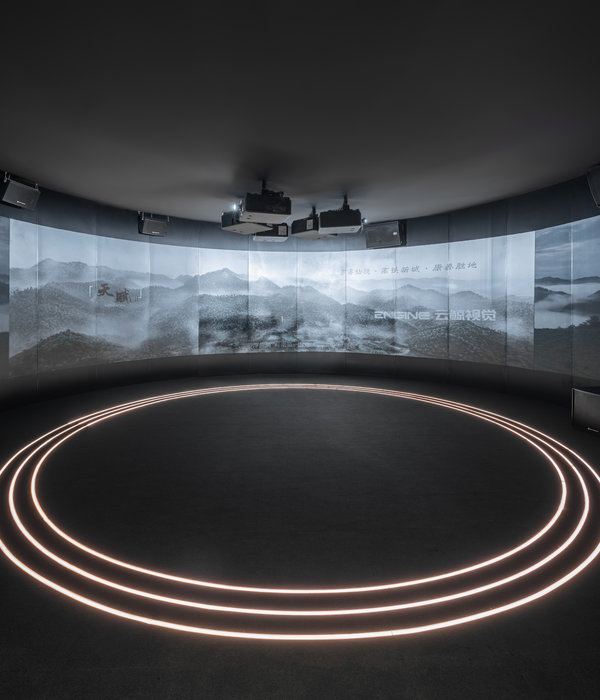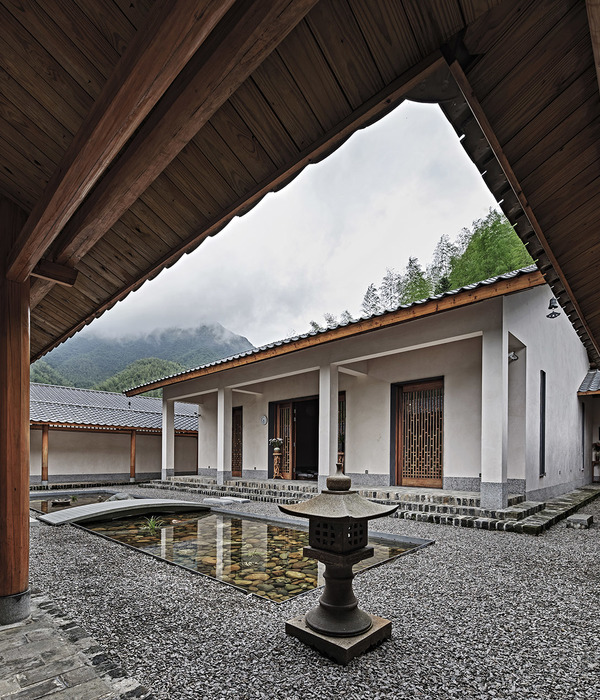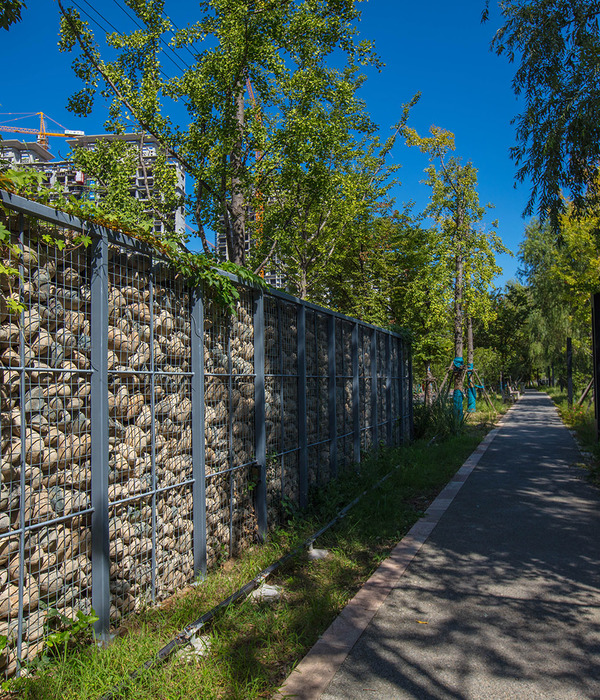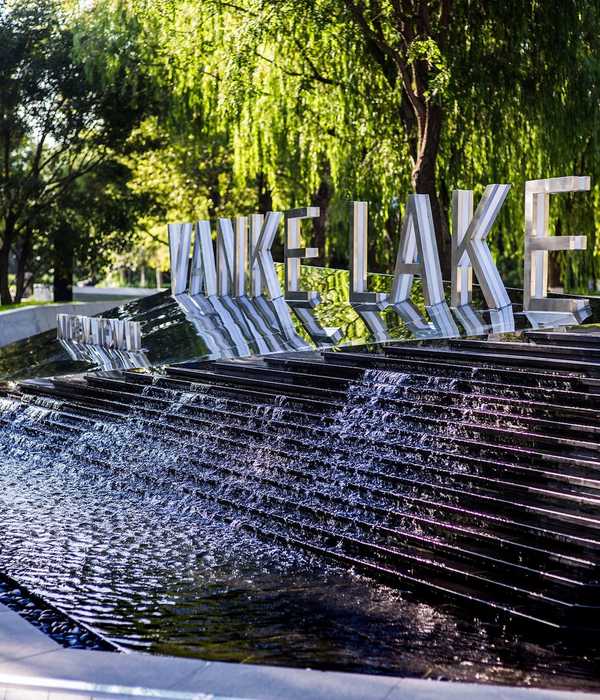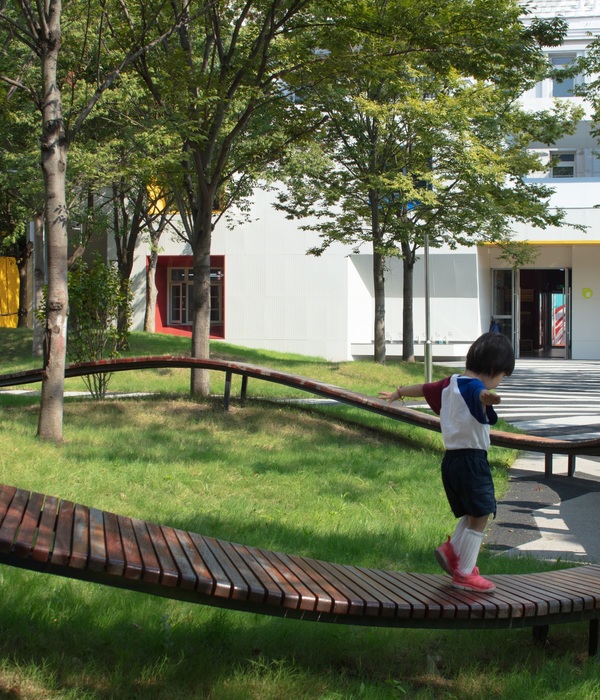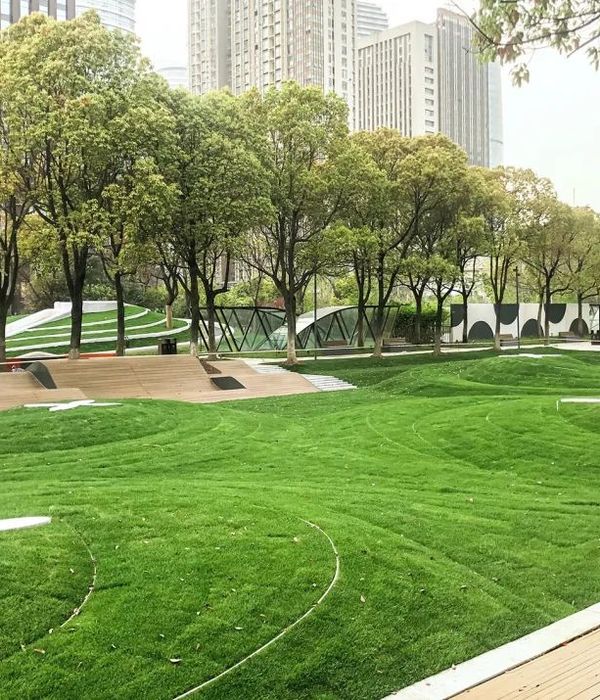Many traditional sports typically operate within a set of rules on a regulated ‘court’. Skateboarding is different, it can be done anywhere with a hard surface, skateboarders often interpret the urban environment in creative and unique ways which are personal, stylistic, and technical.
The Nike skate landscape is an authentic and inclusive location specially designed to provide skateboarders with a stimulating creative canvas. The diffused edge between skateboarding forms and the public realm identifies skateboarding as a borderless activity. This new kind of hybrid zone is inviting for all users and is a progressive approach to public space, leaving a legacy for others to follow.
It has been named a skate landscape because of its combination between traditional- and skateboard architecture. The skate landscape is intended as a public space that incorporates various skate-able elements that are based on topologies that have shaped skateboarding over the past decades, and as such, create a new paradigm in landscape architecture.
The Aalto sculpture is the centerpiece and an iteration of Rich Holland’s installation in the Kiasma museum of modern art - The form of the ‘kidney blobs’ is inspired by Alvar Aalto’s seminal 1939 Villa Mairea in Noormarkku, Finland, which features the world's first kidney-shaped swimming pool. According to Avery Trufelman @ 99% invisible (Episode 370) this inspired a whole stream of bowls in California that were skated on by the early pioneers of skateboarding. Essentially, the negative space of such bowls is the form of the Kidney Blobs. The hat dish is inspired by a public sculpture in Israel’s Plaza in Copenhagen (Cobe + Sweco).
The skate landscape is a continuation of exploration on how skateboarding can be intertwined into our cities, it is in contrast to fenced or segregated skateparks, skate plazas, and the idea that skateboarding should be done in a specific enclosed space.
The landscape is freely accessible daily.
▼项目更多图片
{{item.text_origin}}


